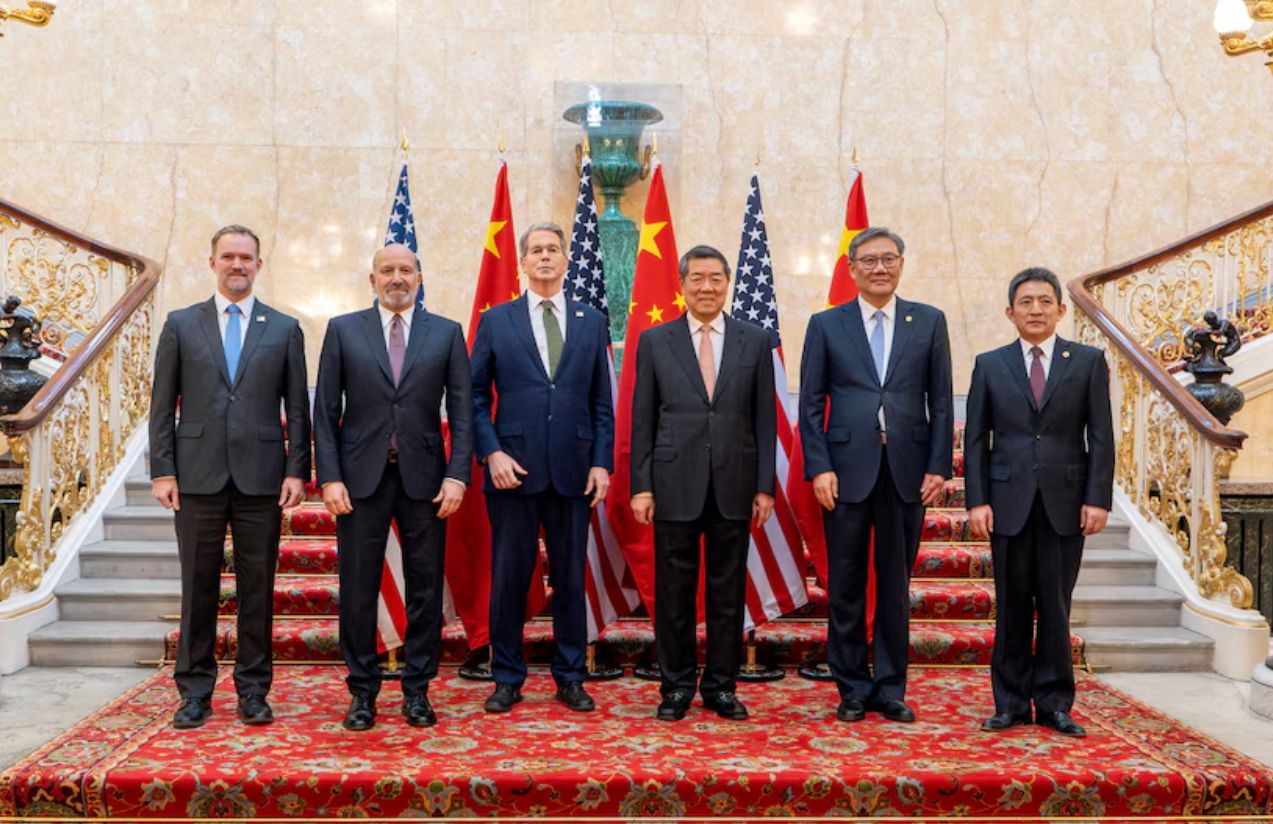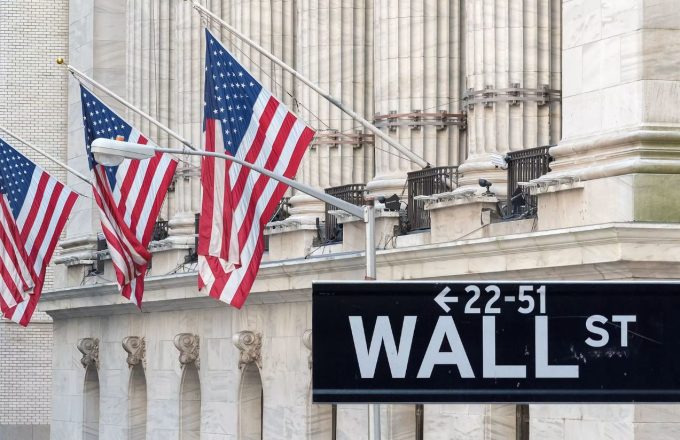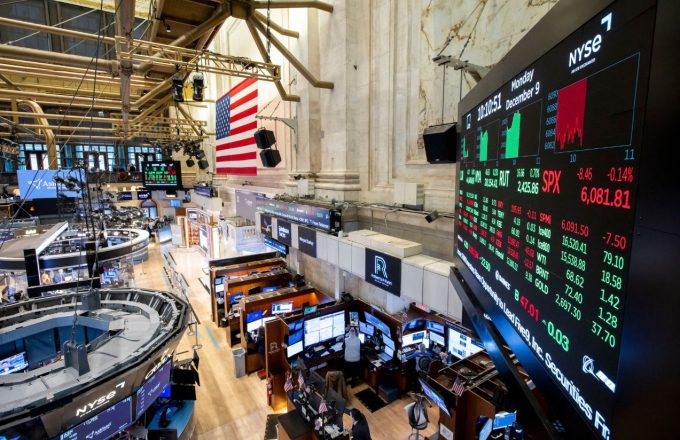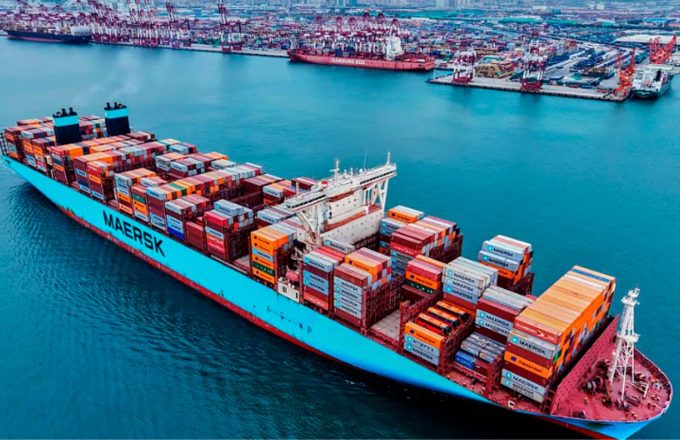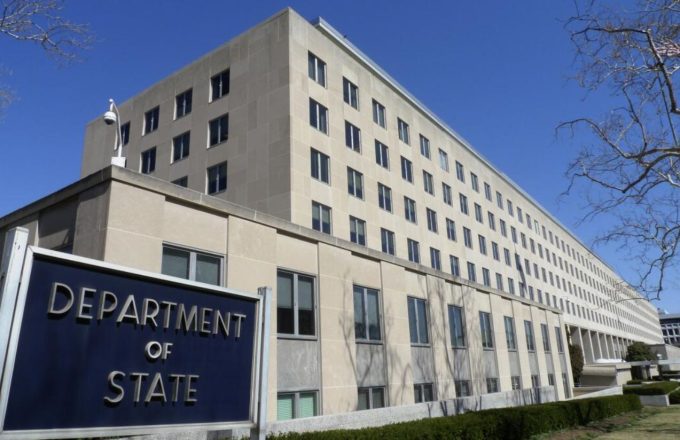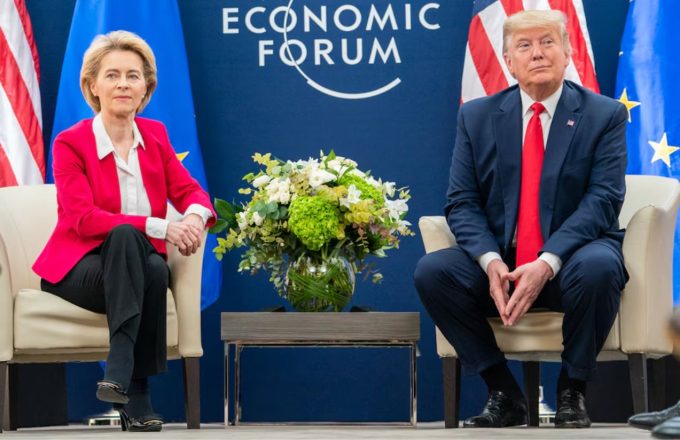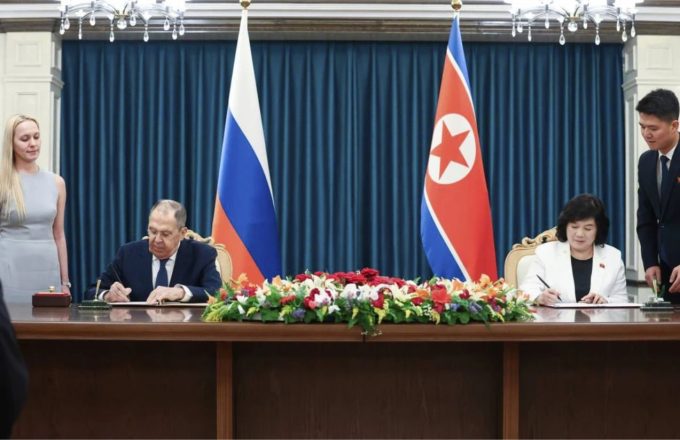After a marathon round of negotiations in London, the United States and China have reached a preliminary agreement on how to implement the trade pact signed last month in Geneva. The announcement was made on Tuesday by negotiators from both sides, following two days of talks at the historic Lancaster House.
“We have reached a framework to implement the Geneva consensus,” stated U.S. Secretary of Commerce Howard Lutnick at a press conference. Meanwhile, China’s Vice Minister of Commerce, Li Chenggang, clarified that both sides had agreed “in principle” on how to move forward with the commitments made by their leaders.
U.S. President Donald Trump claimed the new deal includes tariffs of 55% on Chinese goods imported by the U.S., and 10% on American goods imported by China. However, these figures differ from the levels outlined in the Geneva talks, suggesting Trump may have included pre-existing tariffs in his own calculation.
“Our deal with China is done, pending final approval from President Xi and myself. China will supply all necessary rare earth magnets in advance. In return, we will fulfill our commitments, including admitting Chinese students into our universities (which I’ve always supported!),” Trump wrote on Truth Social in all caps. “The relationship is excellent!”
The agreement follows two intense days of dialogue, which came shortly after a 90-minute phone call between Trump and Xi Jinping last Thursday. During the call, both leaders agreed to ease escalating tensions over trade. In Geneva, Washington had pledged to cut tariffs on Chinese goods from 145% to 30%, while Beijing agreed to reduce its own from 125% to 10%.
However, the specifics of Trump’s tariff breakdown are unclear. According to U.S. Commerce Department sources, the 55% he cited appears to include an additional 10% from so-called reciprocal measures, 20% tied to fentanyl-related issues, and another 25% from previously existing tariffs. These pre-existing duties were not universally applied, making the 55% figure somewhat misleading.
U.S. negotiators expressed optimism about resolving the most contentious issue: China’s restrictions on the export of rare earth elements and magnets—materials crucial to key industries like automotive and technology. “We fully expect this matter to be resolved under the framework of the agreement,” said Lutnick, who also announced that Washington will lift punitive measures imposed in response to recent Chinese delays.
Although the Geneva declaration did not specifically mention critical minerals, it did include China’s commitment to remove all non-tariff measures implemented since April, including restrictions on rare earth exports that remain partially in place.
Since the Geneva pact was signed, the U.S. has tightened restrictions on exports of technology, especially microchips—moves that prompted complaints from Beijing. Additionally, Washington has threatened to revoke thousands of visas for Chinese students, though it remains unclear whether that policy will be enforced.
After nearly 20 hours of negotiations, both delegations agreed to present the proposal to their respective leaders. “Once the presidents approve it, we will move forward with implementation,” said Lutnick.
Meanwhile, the trade war has already impacted bilateral commerce. The U.S. trade deficit with China fell in March and dropped further in April, reaching $17.185 billion. That month, the U.S. imported $25.378 billion in Chinese goods and exported just $8.193 billion—levels not seen since the height of the pandemic in early 2020.
The downward trend continued in May. According to data from China’s Customs Administration, Chinese exports to the U.S. plunged 31.5% year-on-year last month, following a 21% drop in April. Imports from the U.S. also fell by 18.1% in May, after contracting by 13.8% the previous month.


